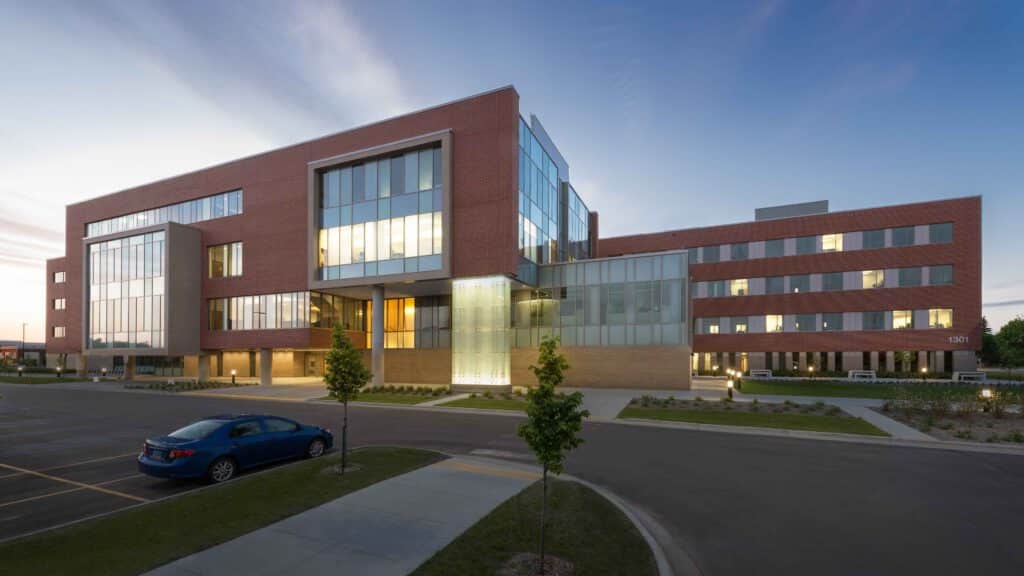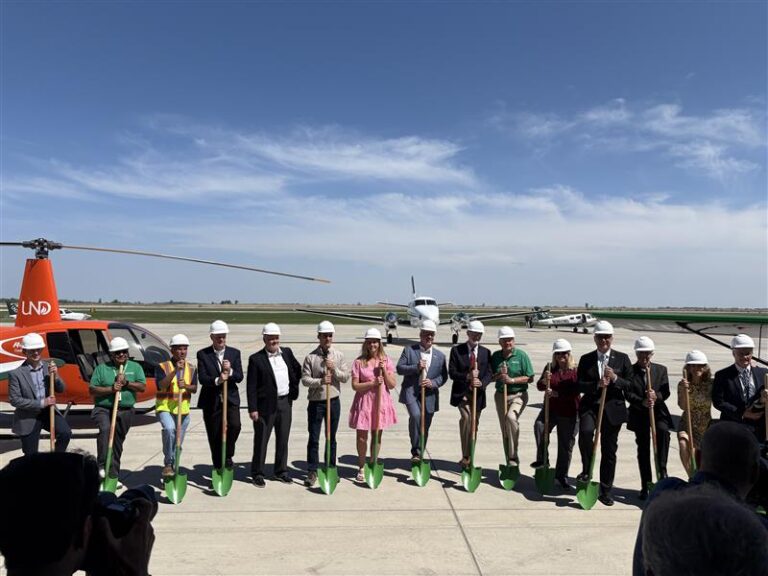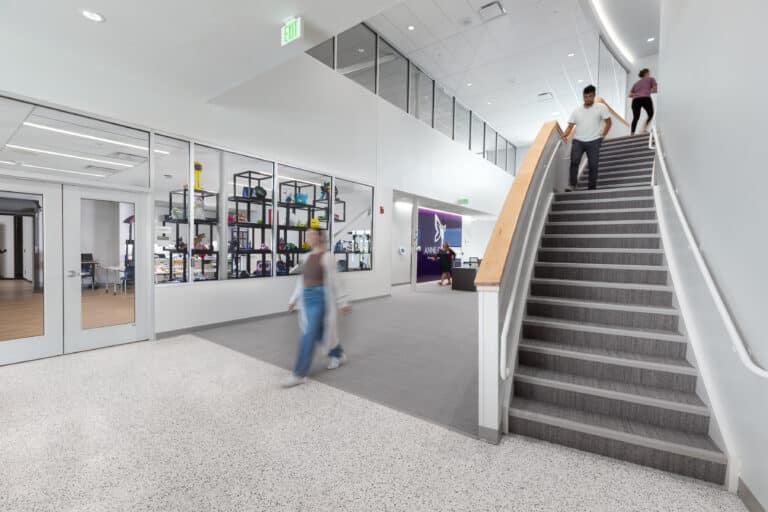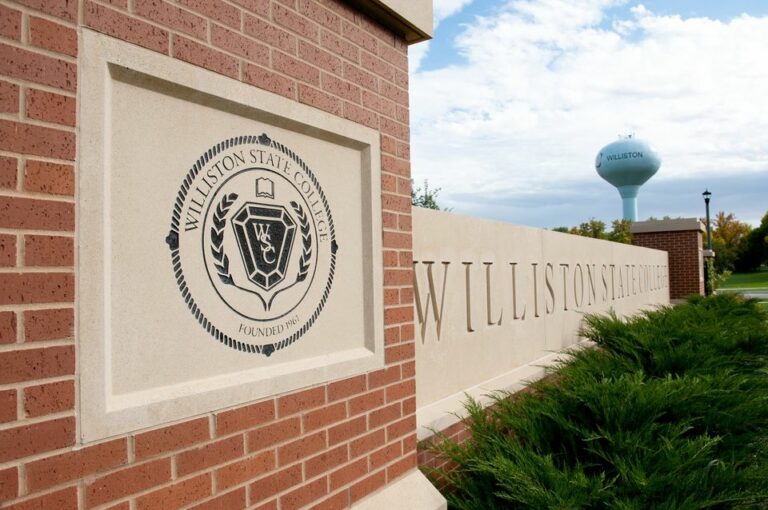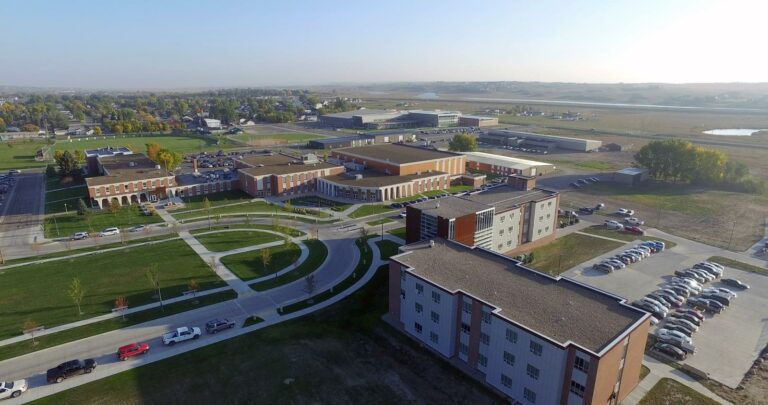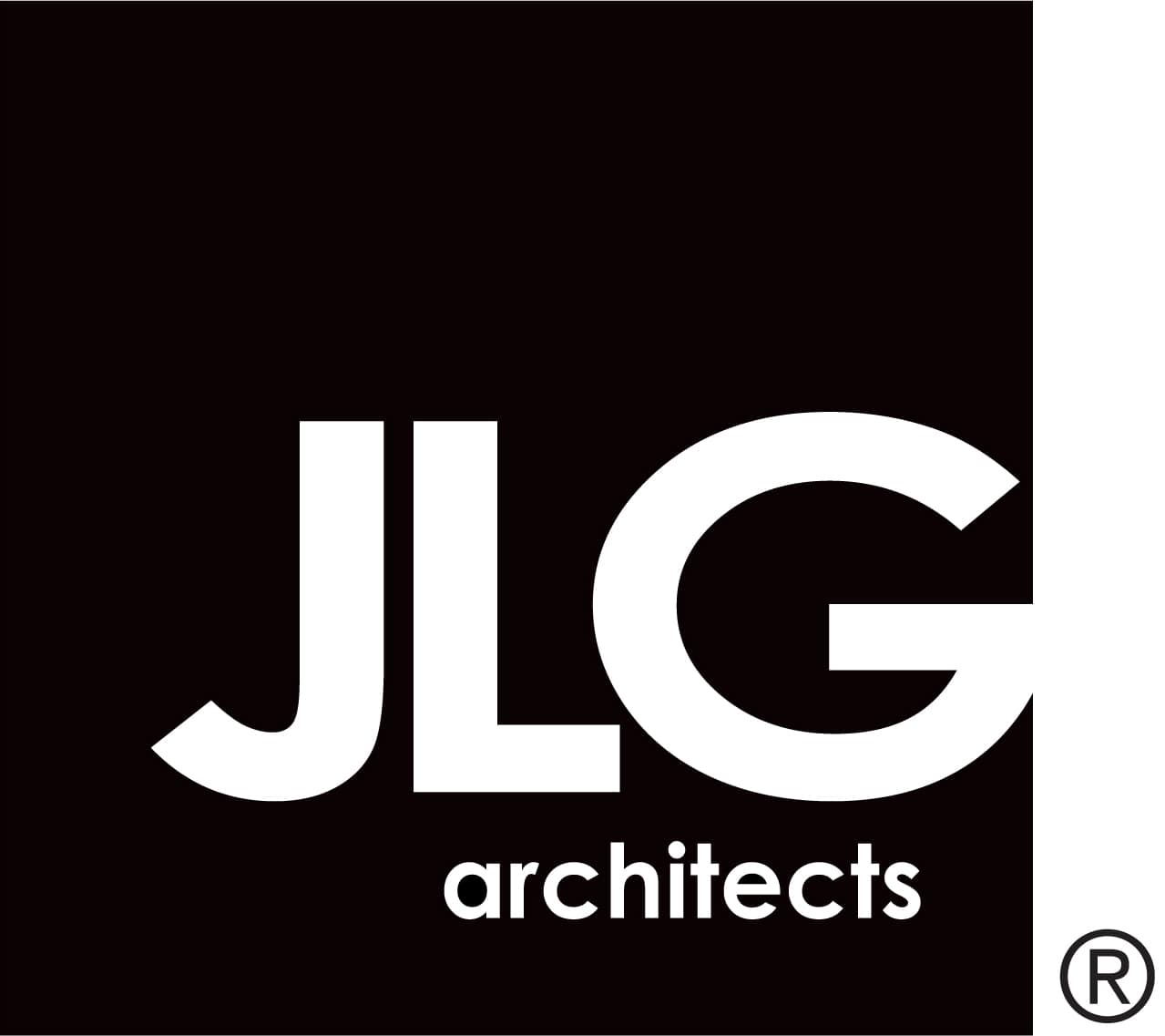Originally published in the Planning for Higher Education Journal, V45N4 July–September 2017
Designed and built for collaborative, interdisciplinary education through a highly engaged process, this building transforms health care education and health care for the entire state.
TODAY’S COLLEGE CAMPUSES are all about improving health and wellness, and so, when the state of North Dakota realized it was facing a looming medical crisis due to a shortage of doctors, the University of North Dakota (UND) opened its gates. As a result, health care and health care education will be improved for generations of North Dakotans to come. To kick off the process, together the North Dakota Legislature and the UND School of Medicine and Health Sciences (SMHS) developed a Health Care Workforce Initiative (HWI) to
Grow the number of health care students enrolled in the school;
Retain more health career graduates for practice in North Dakota;
Reduce disease burden; and
Improve the efficiency of health care delivery.
Armed with these goals, a team of architects and university stakeholders evaluated the effectiveness of existing programs and facilities at the SMHS to determine what the school had, how well it used what it had, and what else it needed to implement the HWI. A space utilization study conducted by JLG Architects and Perkins+Will in 2010 found a toptier educational model bursting at the seams of too-tight quarters. The facility, a conversion of a 60-year-old hospital building, was stretched beyond its maximum capacity in accommodating enrollment as it was, let alone increasing it, and in danger of affecting overall academic programs—as an example, teaching wet labs were scheduled at 174 percent of their utilization. The study was conclusive: more students would require additional space. The study also analyzed three options for growth, which ranged from an addition and renovation with minimal financial investment and minimal increases in educational opportunities and space to a new building that would meet the HWI target of a 24 percent increase in class size and encompass the strategic vision of the university for years to come. All three options were presented to the 2013 session of the North Dakota Legislature, and it in turn provided $122.45 million to redefine the national standard for medical education by creating an interdisciplinary learning environment that would totally readapt the university’s health sciences curriculum and methodologies.
CREATING A VISION
In addition to the goals of the HWI, the UND SMHS put forth three of its own:
Colocate health sciences and medical students. The best health care in the world happens when professionals work together, and the UND SMHS felt strongly that its graduates would be most effective in the workforce if they learned to collaborate early and often. At the time of the project’s kickoff, UND SMHS students were spread out across campus.
Support the tri-mission of the UND SMHS: educate, research, serve.
Deliver the building on time and on budget. As the largest public building project in North Dakota history-the maximum amount given previously was $64 million-and with a set date of August 1, 2016, for
the new building’s first classes, there was no room for overages of any kind. At the kickoff, it became clear that the biggest challenge and opportunity would be creating a unified vision. There were
hundreds of direct stakeholders in the new SMHS-the UND, the SMHS, the UND SMHS Research Center, the North Dakota Board of Higher Education, the SMHS Advisory Board, the university Facilities Department, the North Dakota Legislative Assembly, the City of Grand Forks, and the local medical systems—and everyone deserved a voice. To make sure all were heard, a three-firm architectural partnership made up of JLG Architects, Steinberg Architects, and Perkins+Will created a series of committees and work session groups. These included
Targeted information groups. Four major work sessions consisting of 198 meetings and 12 workshops were held with 187 people from all user groups in every phase of design. There were students on every subcommittee, and every department was equally represented in numbers by students and faculty to best understand what it liked and didn’t like about the current facility and how the new building could better serve its needs. As a result, programs such as physical therapy, which had meager space in the old building, were given spaces equivalent to those for medical students. Together these groups identified department synergies, “Top 10 Big Ideas,” and gross square footage targets and discussed the concept of “societies” or learning communities and how they can be broken down in scale to better connect to the inter-professionalism that takes place within the health care field. After each workshop, the architectural team organized all of the information gathered into programming diagrams that were reevaluated at the next workshop.
Public input sessions. Several public forums with colored-dot voting were held, and all were recorded and published on the project website, which was managed by the university and widely distributed. The website was updated regularly with new content by the team and also featured an on-site construction camera as well as quarterly articles written by JLG to update readers on the project.
Site selection committee. Chaired by Dr. Josh Wynne, dean of the UND SMHS, the site selection committee considered eight different sites on the UND campus. The sites were rated based on multiple technical, operational, and strategic factors, including required site demolition, parking, proximity to other SMHS programs, expandability, and visibility. The committee ultimately selected the northeast corner of the Bronson Property, which created a signature entrance to UND at the corner of Columbia Road and Gateway Drive and provided the possibility of future growth and a vision of a health care education campus.
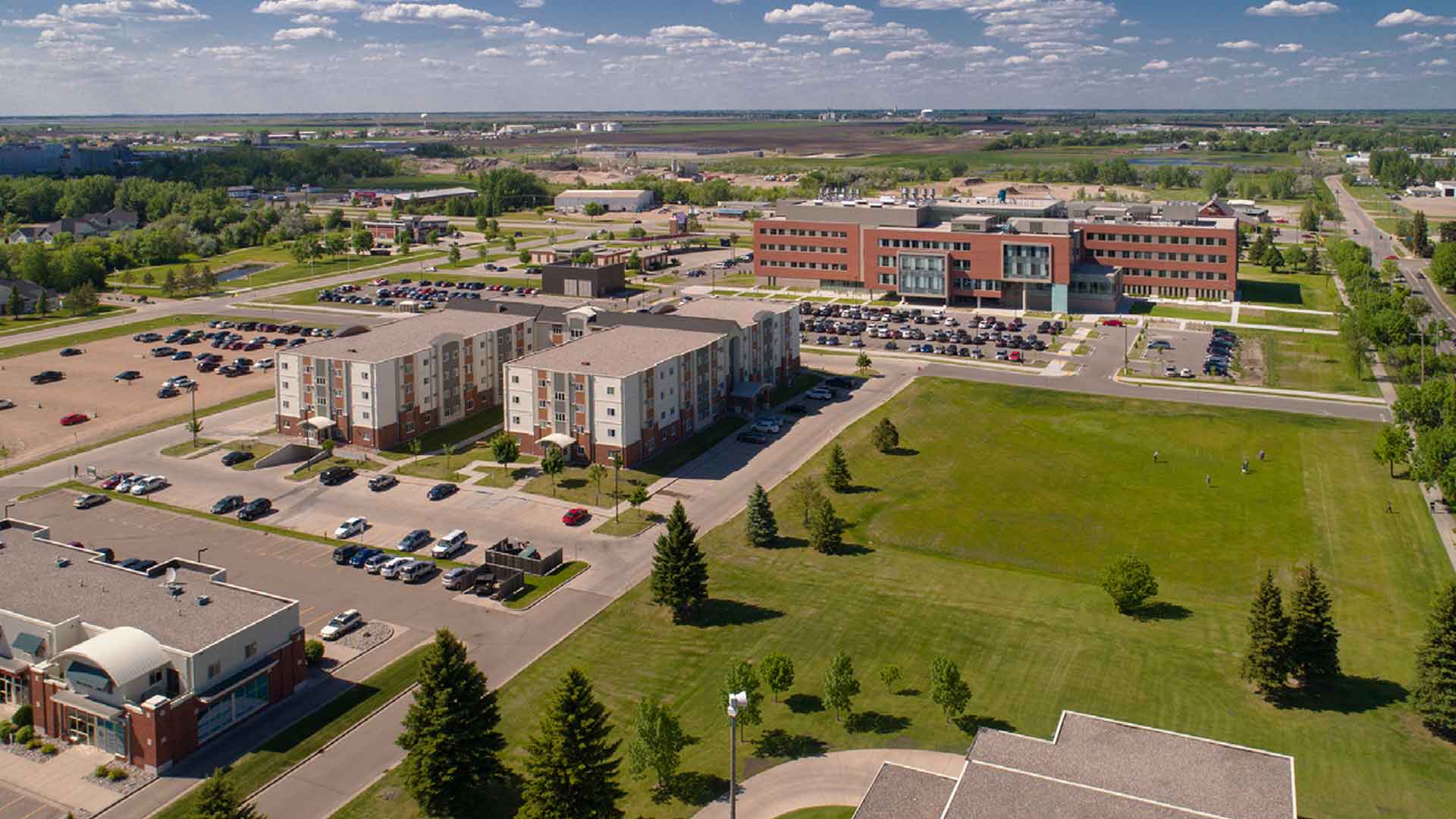 The image shows the SMHS as the rear-most building, along with space intended for a future medical campus.
The image shows the SMHS as the rear-most building, along with space intended for a future medical campus.
Building committee. The building committee was comprised of key administrators, department chairs, personnel from facilities management and safety and security, and architects. This committee met monthly and acted as a decision-making body, a conduit for communication from department chairs back to their departments, and a cross-section of campus representatives to ensure diverse views and opinions were presented.
Tour committee. A group of key SMHS leaders and the architectural team toured two new medical schools-the Virginia Commonwealth University School of Medicine and the University of Central Florida College of Medicine—to learn more about national trends in the future of health care education and see how these institutions integrated health sciences and research. Committee members were given iPads to take notes and photos for the design team to evaluate later.
Community advisory committee. The advisory committee was formed to include community stakeholders, including the CEO of the local hospital. This group met quarterly.
Legislative reports. Verbal and booklet updates and tours were provided periodically to the Legislative Committee, and the team testified to the Senate.
DESIGNING THE LEARNING ENVIRONMENT
During the programming phase, numerous ideas were explored with user groups as part of brainstorming the values that needed to be carried throughout the planning and design process. Guiding principles were narrowed own to create the Top 10: collaboration, flexibility, welcoming, identity, living laboratory, health and wellness, embodiment of values, interdisciplinary hub, community asset, and health campus.
These Top 10 principles were revisited at every stage of the design process as checks and balances to ensure that the project delivered on SMHS core values and its promises to students, faculty, and staff on opening day.
And the result? A building that reflects the pragmatic character of North Dakota-practical, comfortable, collaborative, and focused on hands-on learning-and encourages interdisciplinary and cross-disciplinary engagement, inspiring the scientific and medical community to collaborate within. The new SMHS features a number of innovations, including
Interdisciplinary learning communities for all SMHS programs. The SMHS features eight learning communities with 100 students each paired around a shared student lounge and practice exam room space (figures 2 and 3), each with their own group study rooms, tutoring rooms, open work environments, individual study stations, and lockers (figures 4 and 5). Each learning community gathers students from disciplines across the medical and health science spectrum-medical students, graduate students,
students from occupational and physical therapy, and others-to encourage collaboration between departments and promote inter-professionalism.
Each learning community gathers students from disciplines across the medical and health science spectrum to encourage collaboration between departments and promote inter-professionalism.
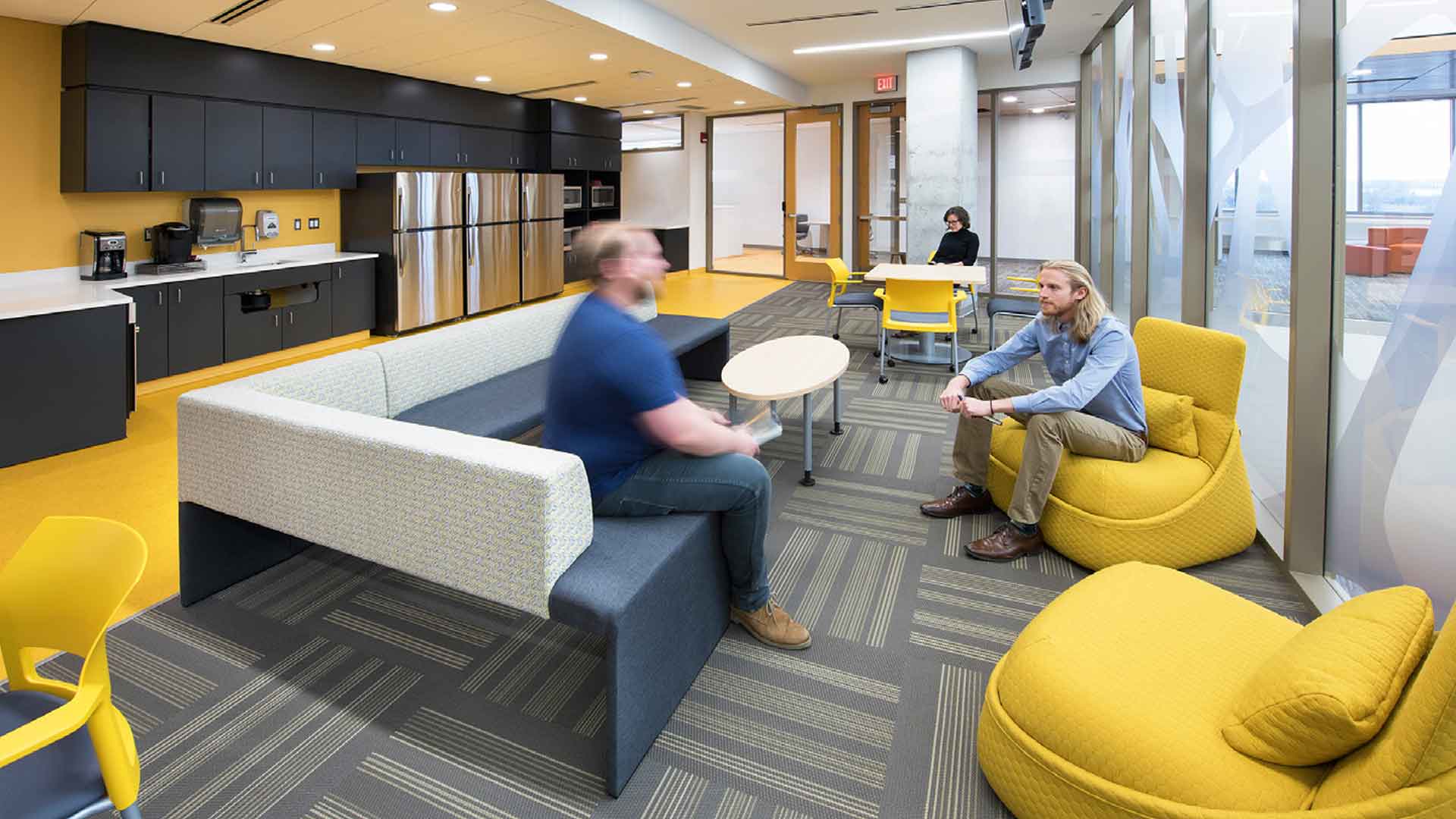 Student Lounge
Student Lounge
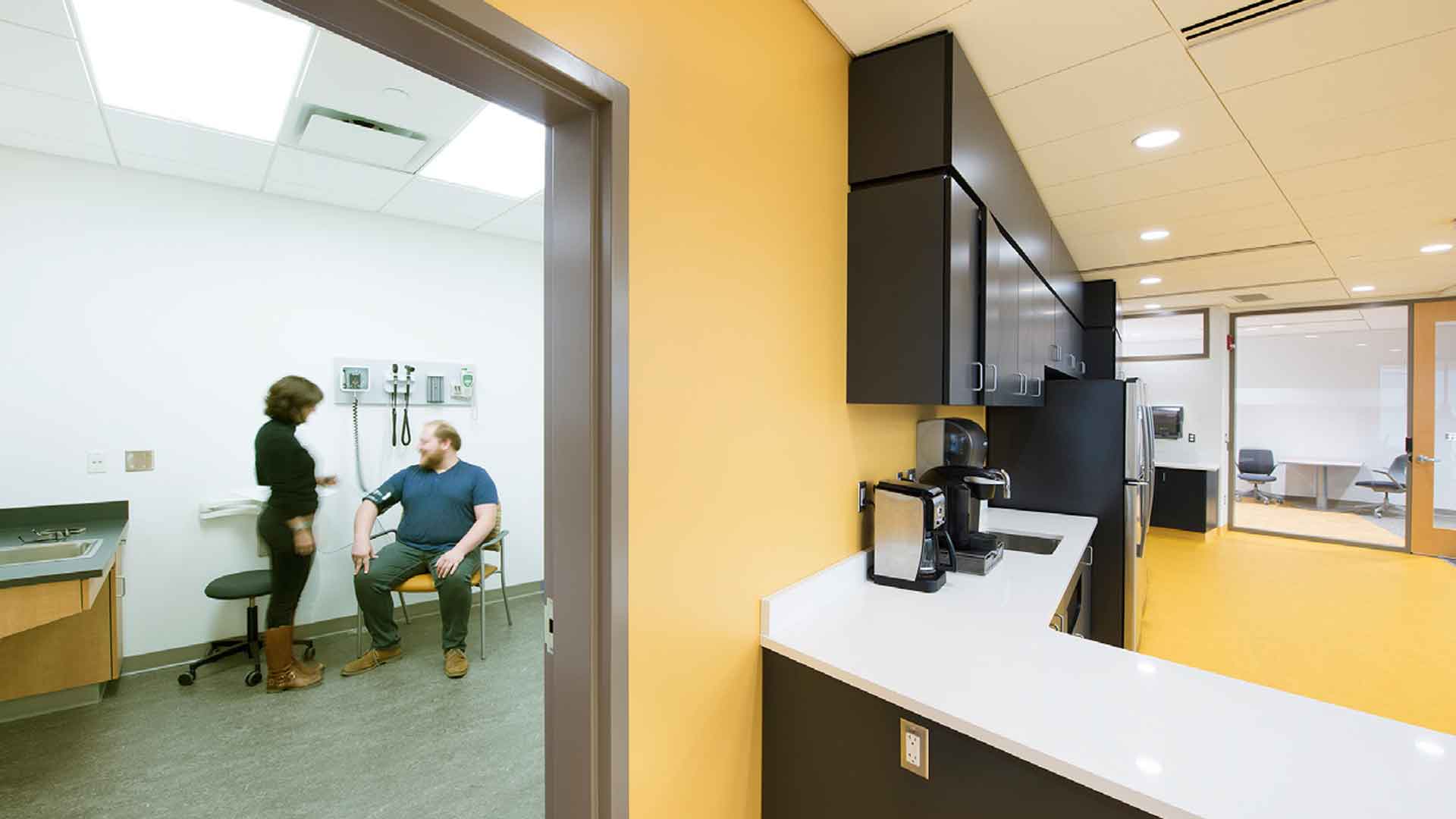 Practice Exam Room
Practice Exam Room
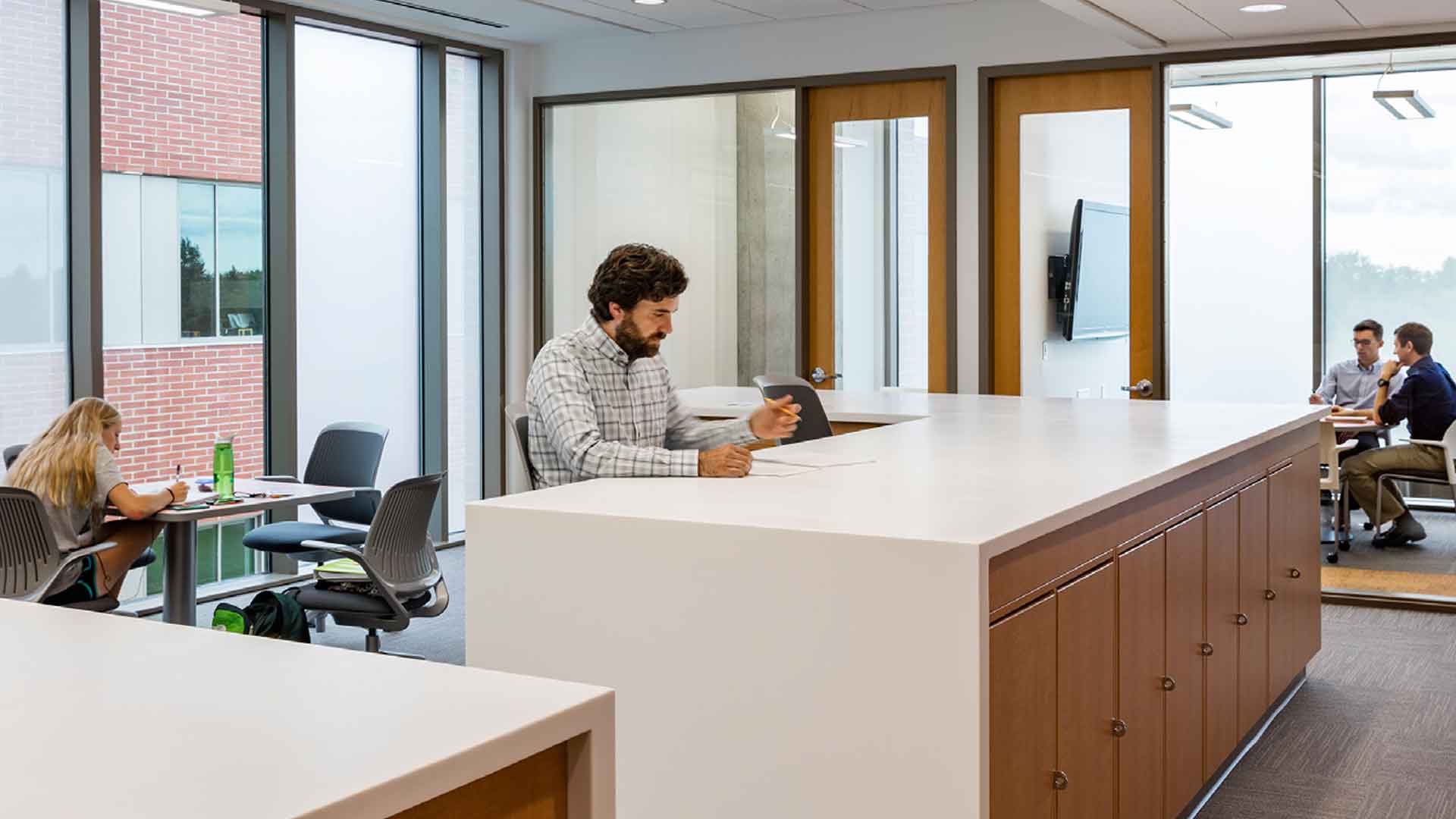 Group and Individual Meeting Spaces
Group and Individual Meeting Spaces
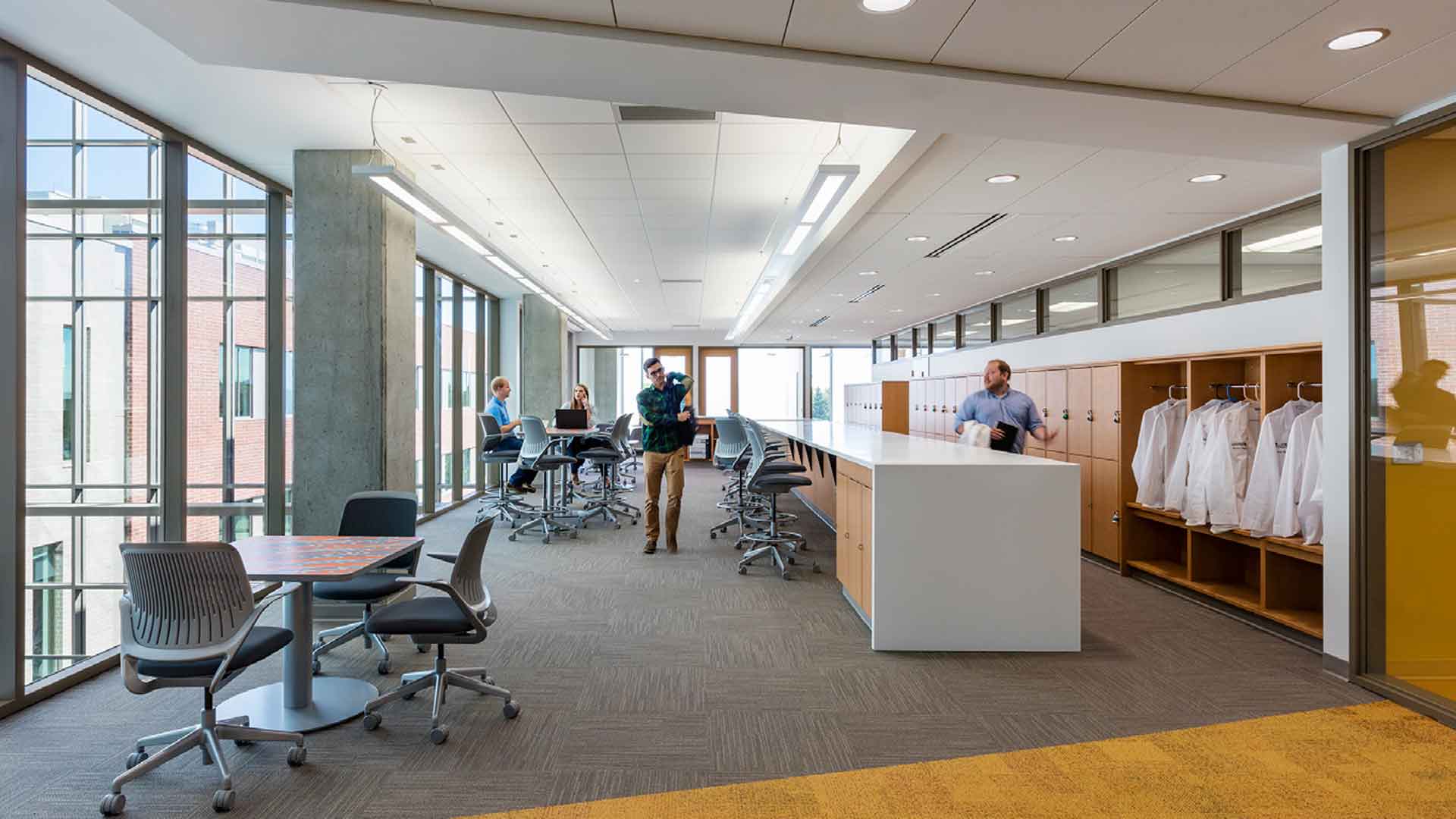 Lockers and Open Spaces
Lockers and Open Spaces
Shared and flexible research spaces. To allow successful grant programs to grow and contract, the standard small, fixed, and “owned” lab spaces are now large, open, and flexible spaces to both foster collaboration and act as a chassis for researcher-focused enterprises. This shared system, in which no one “owns” one space, has given those from the various allied health professions more opportunities for chance meetings and collaborations, leading to a better respect for one another-for example, medical students are now going to physical therapy students to talk about muscle tissue.
 Lab Space
Lab Space
Interdisciplinary anatomy program with shared cadavers. Previously, medical students and health science students studied anatomy independently. Integrating medical students and health science students within anatomy furthers the goal of providing meaningful interdisciplinary education. At the same time, it is a well-studied fact that daylight improves information retention, and so school administration wanted everyone to have natural views as much as possible (excluding a few research spaces that required zero light penetration). This meant that none of the programs could go in the basement, including anatomy, which is normally kept out of sight due to legal concerns and alongside mechanical units since it uses equipment that needs to be changed frequently. In an uncommon move, the design team relocated the mechanical equipment to a penthouse on the roof, which allowed anatomy to be placed on the fourth floor-still out of sight, but with some of the best views in the building and in a spot where the equipment could be changed easily.
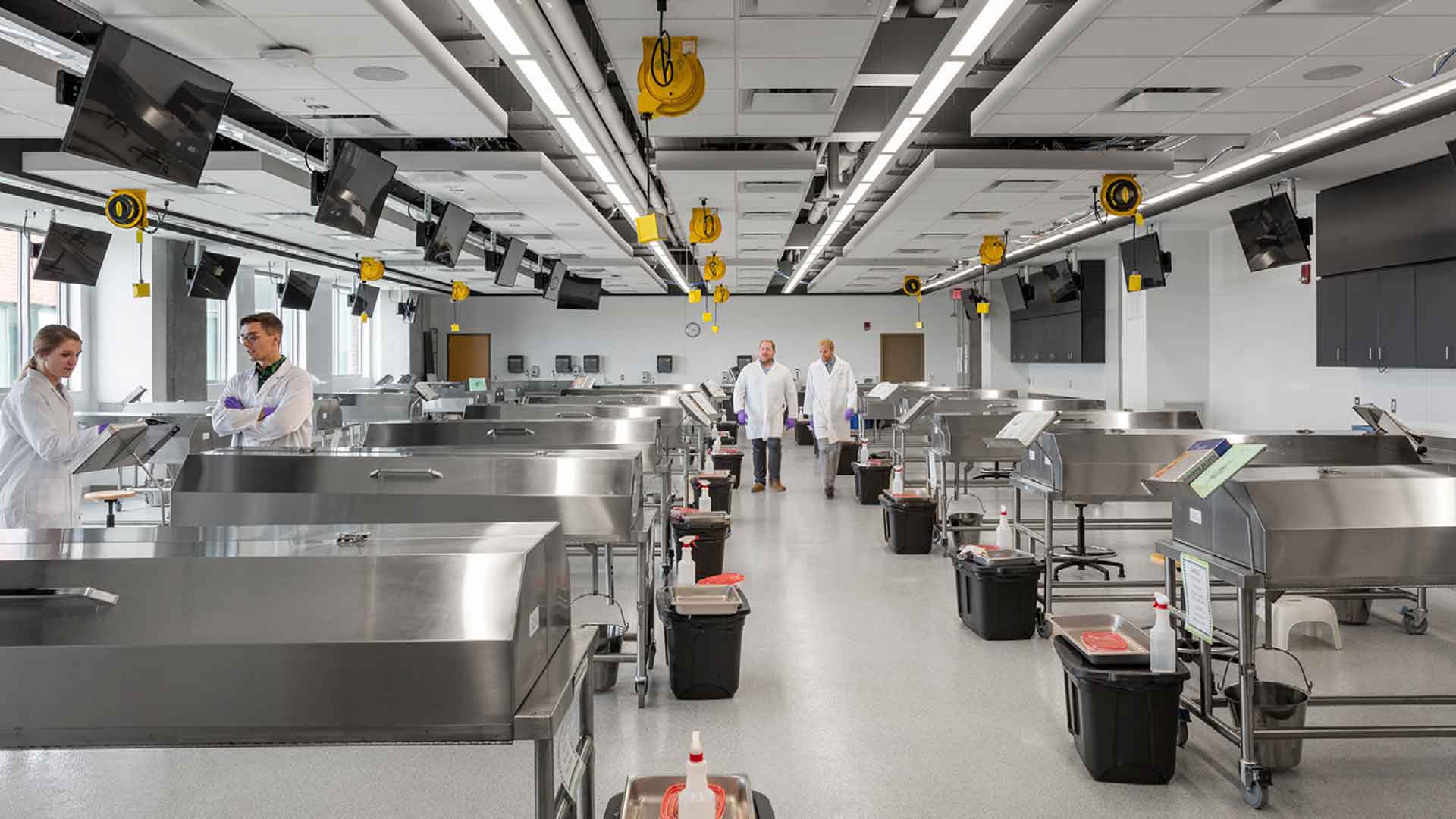 Anatomy Cadaver Room
Anatomy Cadaver Room
Simulation training in all programs. In combination with a robust cadaver program, a cutting-edge simulation center provides a “best of both worlds” scenario for students. With five simulation rooms, fourteen standard patient rooms, five debrief rooms, and a clinical skills laboratory, students have multiple opportunities to hone their interpersonal and physical clinical skills. Students can now simulate an ambulance transfer outside the door all the way through surgery in the same space-a concept unheard-of in the old building.
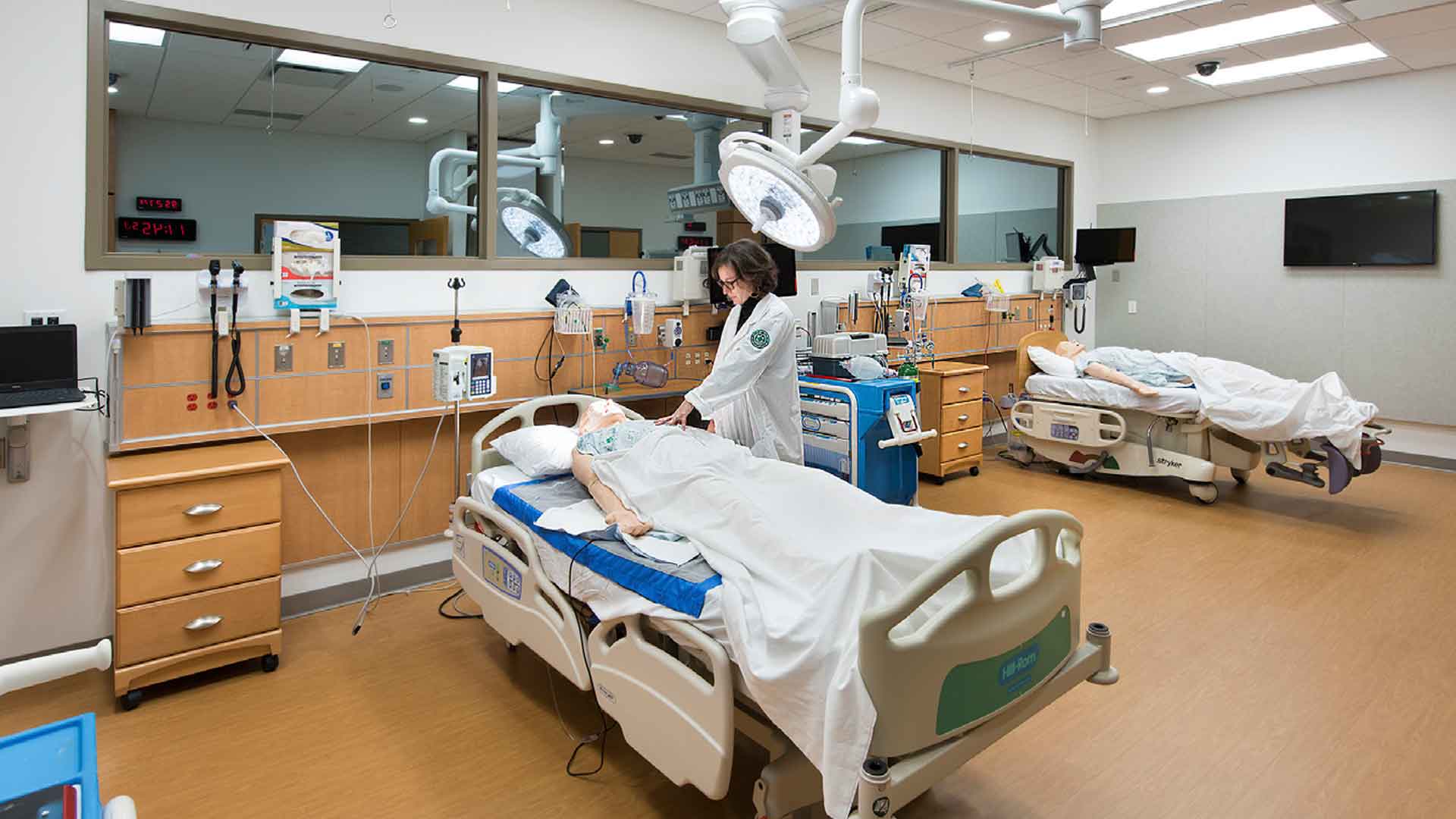 Simulation Room
Simulation Room
Flexible and agile large-group space and conference space. Small, medium, and large conference rooms are paired with breakout conversation spaces for any type of group meeting. The building is open (but secured) 24 hours a day to act as a “home away from home” to best maximize collaboration and learning. Acoustics, lighting, flexibility, and floor-to-floor heights, even in research areas, were improved from the old building. For example, in the old building, the auditorium was tiered with fixed tables, limiting its use. In the new facility, the auditorium tables were split in two, with one of the halves wider so that people in the row in front can swing around to talk to the people behind and still have leg space. This allows breakout/group discussions to happen in the auditorium rather than the halls or classrooms.
 Flexible Conference Rooms
Flexible Conference Rooms
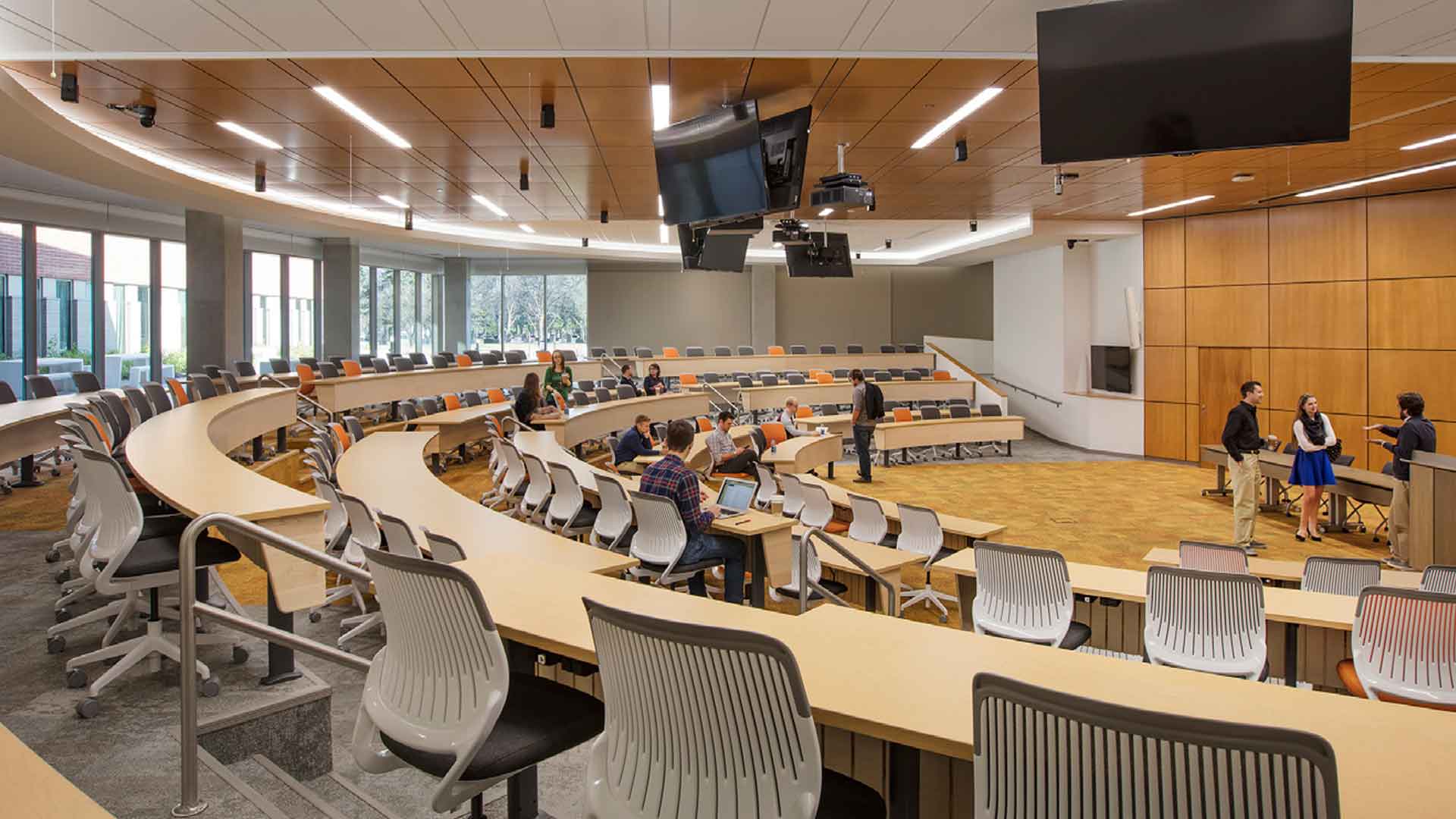 Auditorium
Auditorium
All of these learning and collaboration spaces have been designed around a central, day-lit “Main Street” to make it easy for students and visitors to find their way around. A café is at the center of the building. Outdoor space for students and staff has been provided adjacent to the lobby and café, creating an active center with direct views to the outdoors and a way to bring in even more natural daylight.
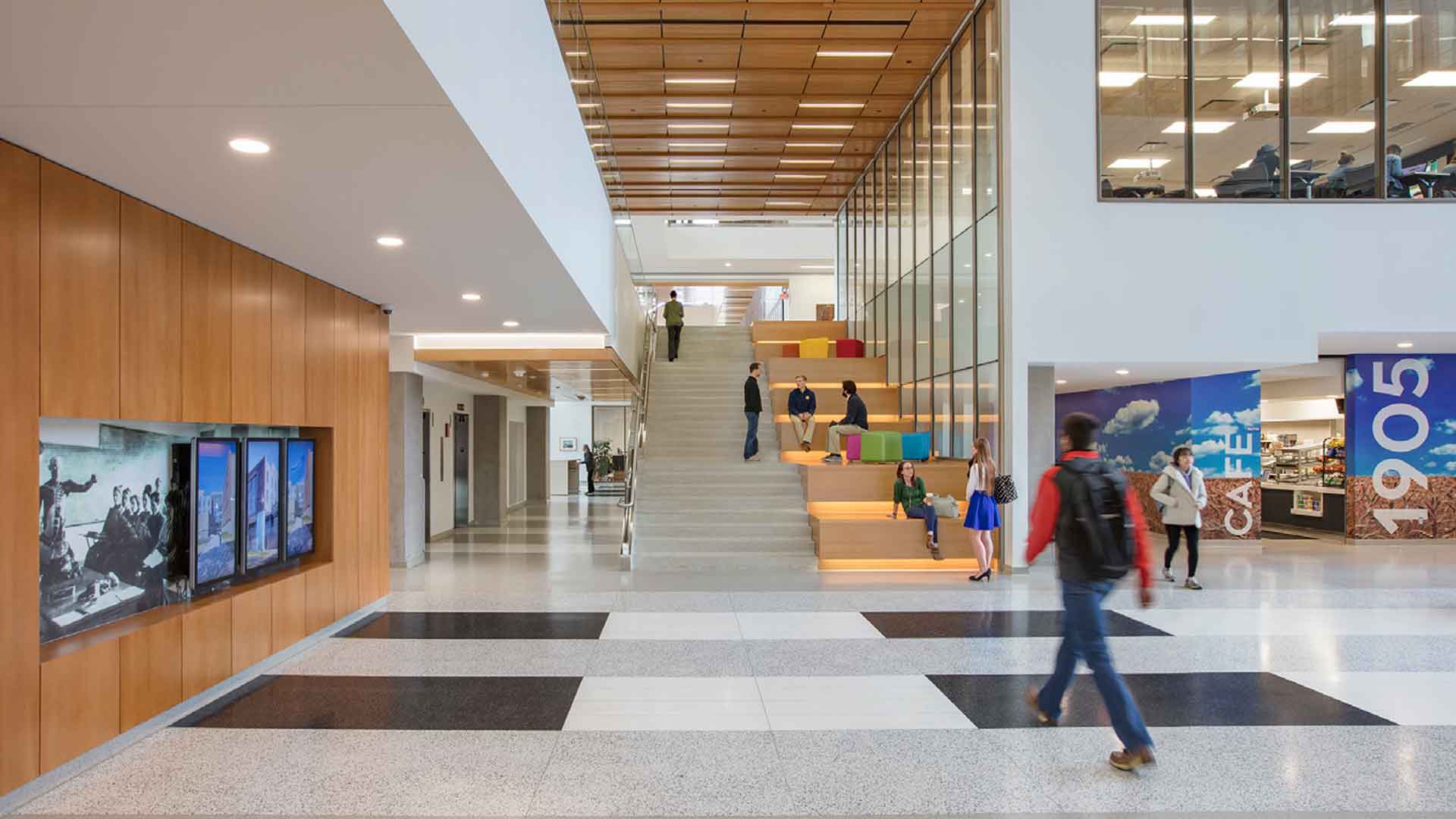 “Main Street” Lobby and Café Space
“Main Street” Lobby and Café Space
The new SMHS is designed to encourage intuitive movement and collaboration from top to bottom. Instead of several disparate entries, the new building has one main entrance. Touchscreen panels at the entrance, which can be updated whenever needed, allow visitors to direct themselves around the building. The same touchscreen wayfinding panels are found in all common areas on all floors in case a visitor gets turned around. The building is also color-coded into different zones-blue for research, yellow for academics, and orange for administration-to aid in visual wayfinding. Because education is the focus, all of the academic functions are off the core Main Street to make it as easy as possible for students.
Because education is the focus, all of the academic functions are off the core Main Street to make it as easy as possible for students.
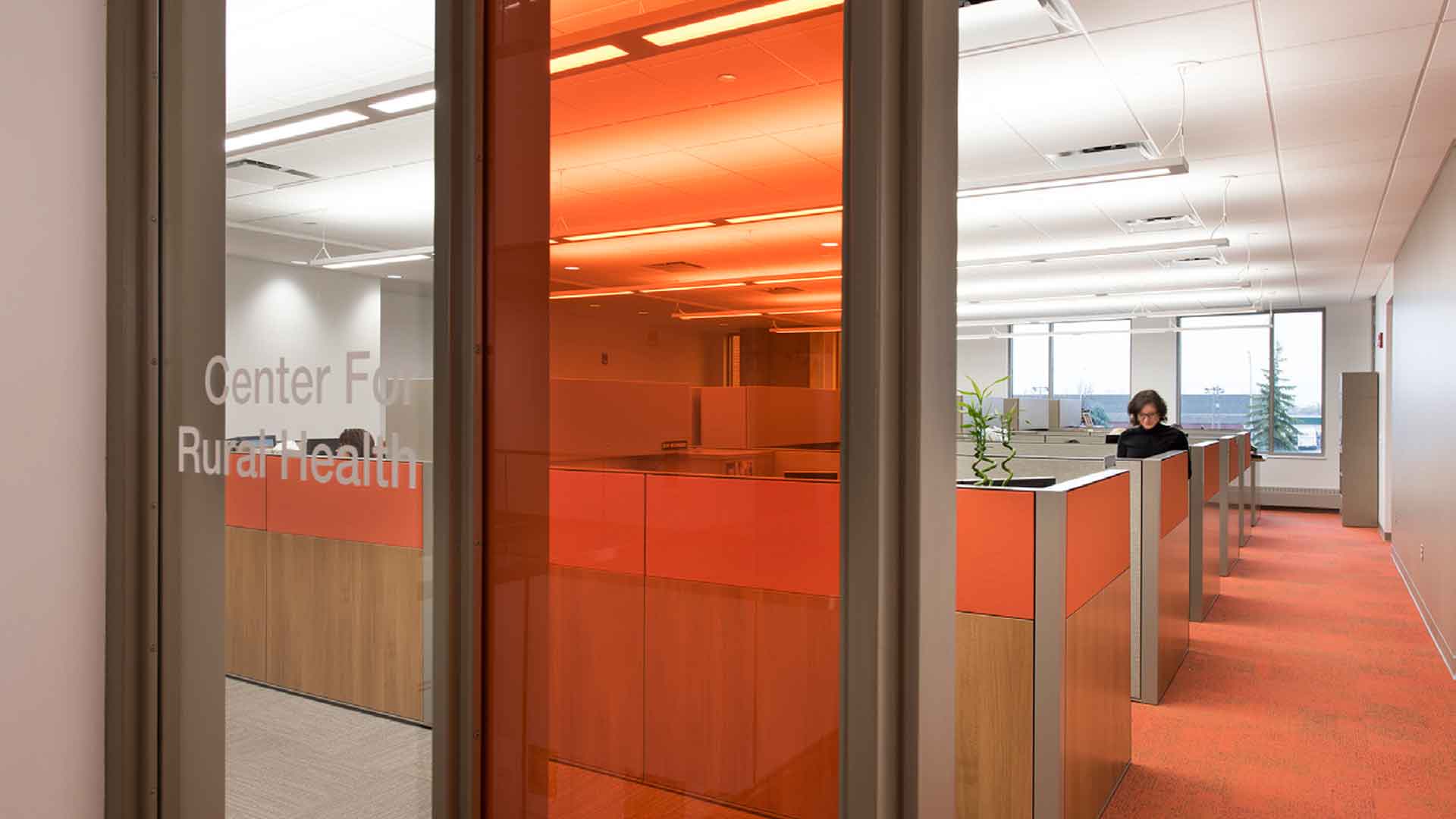 Administrative Office
Administrative Office
As opposed to the old building where people rarely left their offices, the new SMHS reinforces a healthy lifestyle. As an example, the primary vertical circulation path was designed as a feature within the building by taking advantage of large, light-filled atriums to host unique “floating” stairs, encouraging building users to circulate outside the elevators. Additionally, the majority of “support” spaces (e.g., toilet rooms, food service areas) were located adjacent to the Main Street spine, again encouraging users to take advantage of the unique circulation opportunities within the building.
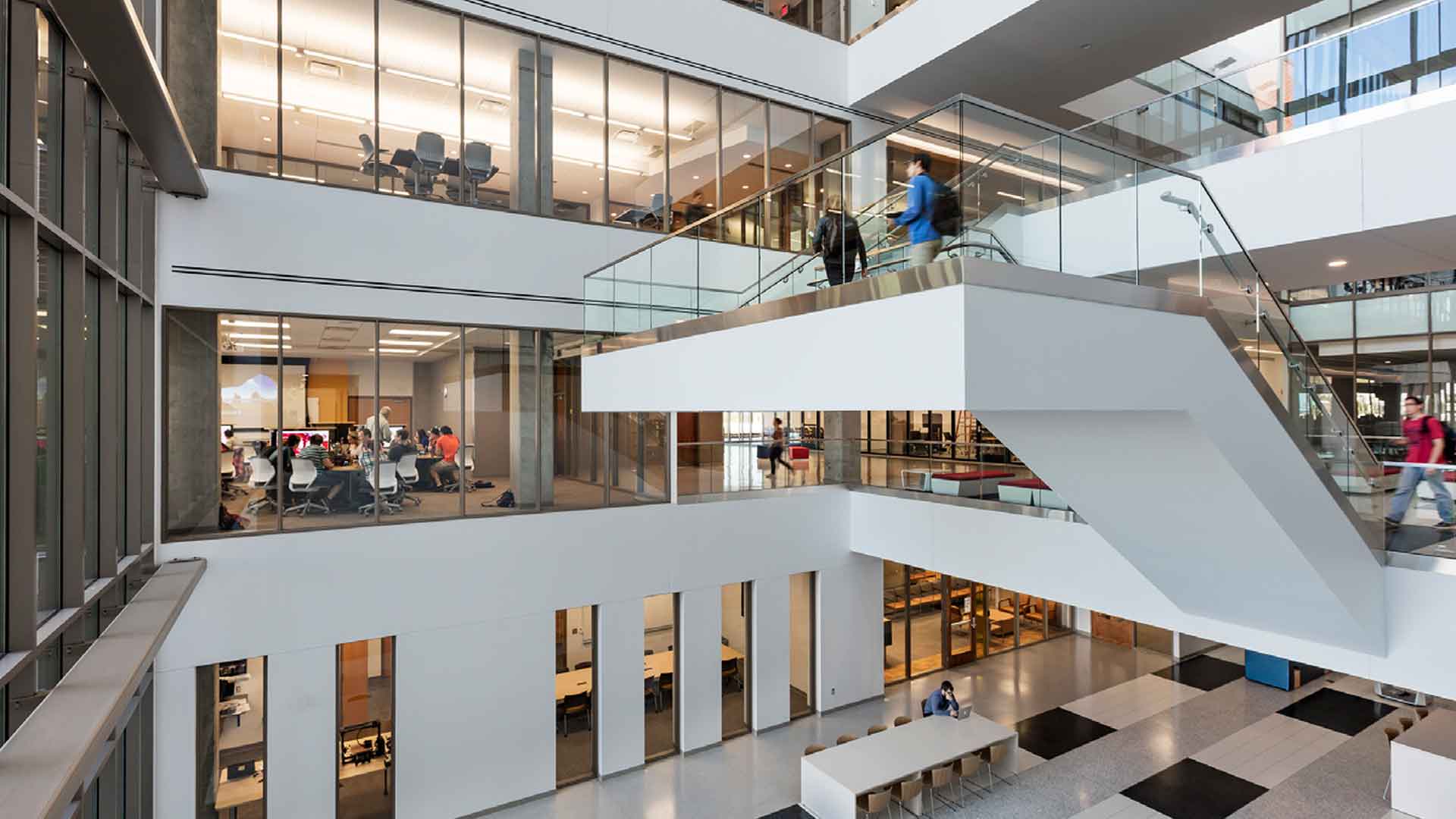 “Floating” Stairs
“Floating” Stairs
In addition to changing the way students and professionals interact, the new building was designed for growth. Overall occupancy was increased by 20 percent, with a 20 percent increase in teaching functions, a 24 percent increase in research functions, a 29 percent increase in offices in carrels, and a staggering 112 percent increase in clinical space. At the same time, administrative space was decreased by 13 percent in favor of more open, collaborative environments. Interestingly, visioning sessions led to one major change from the previous SMHS facility: the elimination of the traditional library, which was replaced by a smaller Digital Resource Hub featuring open learning space and access to online information. The library, and librarians, are now embedded in the classrooms.
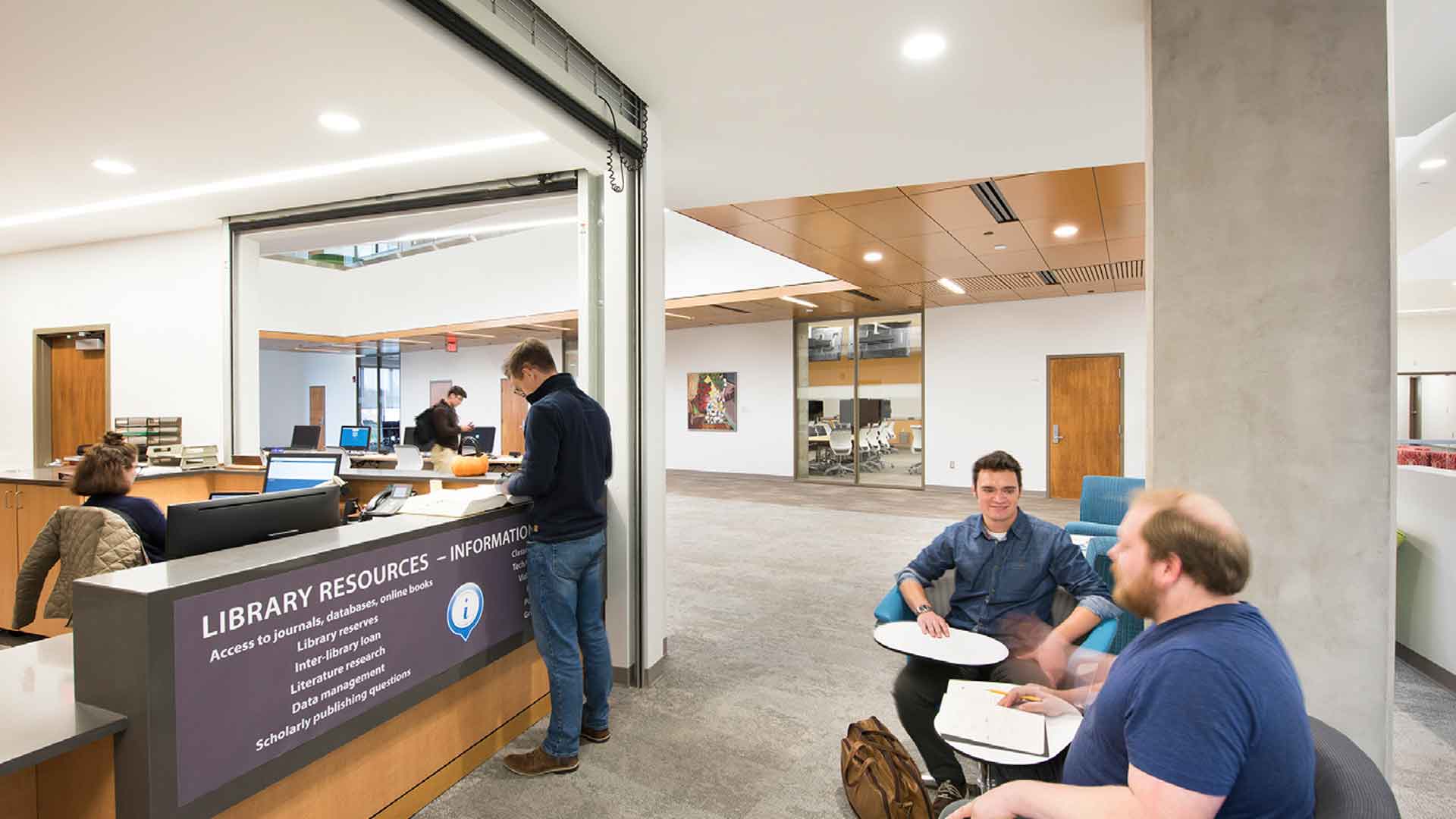 Digital Resource Hub
Digital Resource Hub
DELIVERING THE VISION
The UND SMHS was ultimately delivered on time and on budget with less than one percent design-related change orders thanks to a highly engaged owner communication process that virtually eliminated costly surprises and got everyone from point A to point B efficiently and effectively.
The UND SMHS was ultimately delivered on time and on budget thanks to a highly engaged owner communication process that virtually eliminated costly surprises.
Frequent and regular building committee and SMHS executive committee meetings ensured that lines of communication were clear. Monthly updates on the design, current project costs, and project schedule were critical in minimizing unforeseen issues. The minutes from these meetings were posted on a shared website so absentee members could get caught up and others could look back on previous discussions and decisions.
In the days of blueprints, architects would hand draw over 500 sheets of documentation for contractors and construction managers to use in putting the 315,000-square-foot facility together piece by piece. Instead, the tech-savvy UND SMHS design and engineering team used building information modeling (BIM) software to develop a three-dimensional building set to make sure all of the pieces fitted together properly.
JLG Architects, Perkins+Will, and Steinberg Architects teamed up to work in the software simultaneously, and this, along with an extremely detailed work plan and project matrix, allowed several phases to overlap. At any point, 22 people were working on the model at the same time. Steinberg, located in California, led the team through schematic design; Perkins+Will, in Minnesota, led design development; and JLG, in North Dakota, led the development of construction documents. JLG’s project manager physically relocated to the city of the lead architect, embedding himself in that office during schematic design and design development so as to mitigate any issues with construction documents. In the end, the project went from programming kickoff on July 16, 2013, to construction document completion on July 16, 2014—a full year early.
Early on, UND hired the team of PCL Construction Services and Community Contractors, Inc. (CCI) to provide construction manager at risk (commonly called CMaR) services. In a typical design-bid-build construction model, the entire project would be designed and then contractors would be called to bid on the project by looking at drawings and providing their lowest estimated cost for construction. In the UND CMaR delivery model, the contractor team worked alongside the architecture team from the beginning of design to provide cost estimates and identify potential scheduling and constructability issues.
The PCL/CCI team was connected to the project throughout the design process and, as a result, was able to complete all of the groundwork before the building was completely designed. PCL/CCI then raised the site pad to ground level so it could work through the typically muddy months, saving months of unworkable time. The stairs and ductwork were fabricated off site, and the design model was used to identify in-floor conduits before the concrete was poured. The design team and PCL met outside of the usual client meetings to weekly walk the site and resolve any issues in real time instead of waiting to correct them after they were in place. As the largest public project in North Dakota history, the SMHS required a great deal of construction talent—550,000 man-hours on site. Of those, 247,000 were performed by local construction workers. A building focused on long-term health could not afford any accidents, and so PCL/CCI hired a full-time safety coordinator to make sure all employees and visitors were protected. All workers were required to attend a two-hour safety orientation, regular visitors a one-hourorientation, and temporary visitors a 15-minute orientation. A “Stretch and Flex” class was held each morning for workers to move their muscles, and if someone didn’t attend, then they didn’t work on site for the day. A “Safety Moment” was held at every meeting. PCL also created an on-site safety program called “Stop the Drop” to minimize objects being dropped by the trades. While this may seem like a no-brainer, with dozens of people working on multiple open floors, something as simple as a loose grip on a tool handle could accidentally injure someone working below. Visitors often remarked on how clean, organized, and smoke-free the site was at all times.
With regular jobs to do and no extra time, UND staff were overwhelmed by what they needed to do on their end to “bring the project home.” To ensure that this project would be a success, JLG offered to help with whatever was needed—even if the work fell outside of what was typically expected under a normal design contract. The school was grateful for any help, and so JLG ultimately managed all of the inventory coordination and meeting organization as well as move/change management and research rightsizing.
Staff were moving from large offices in the old building to much smaller—and much more transparent—individual offices with breakout meeting spaces. Many of the staff had been gathering items in their offices for over 50 years. To make the transition easier, the design team created furniture mock-ups of the new rooms so that each staff member could select his/her furniture, thus minimizing surprises while creating buy-in. A mock-up of a typical office was also installed in the current building so that staff and faculty could get a better sense of the space to which they would be moving to help manage expectations.
When the project began, the SMHS didn’t have a director of research. This meant that there wasn’t someone to answer questions or be the final voice of the research program, which was also regularly adding staff throughout the design and construction process. The design team recognized that this huge program was a moving target and so created flexible space knowing that things would change during the twoyear construction window. In the end, the building was so attractive in the recruiting process that the program was able to hire, and add space for, an associate dean 75 percent of the way through construction. The new UND SMHS building has now passed the end of its first school year. Thanks to the HWI and this new 100-year building—delivered on time and on budget—64 additional medical students, 90 health students, and 51 residents will be educated. Additionally, 80 percent of students accepted to the medical school are North Dakota residents, weighted toward those from rural areas, and the SMHS now provides tuition forgiveness for those who commit to practice primary care in a rural community. The creative education delivery model exemplified by the new SMHS will ensure that the state of North Dakota has a well-trained supply of health care professionals for generations to come.
AUTHOR BIOGRAPHIES
JAMES GALLOWAY, AIA, principal at JLG Architects and head of the firm’s higher education practice studio, has over 28 years of experience planning and designing projects on university campuses around the country. He is a SCUPcertified architect and a LEED Accredited Professional. He received a bachelor of architecture from North Dakota State University in 1988. He is a member of the Society for College and University Planning and the Business Government and Education Alliance (BGEA) in addition to other civic and professional groups.
AMANDA S. KOSIOR, marketing director at JLG Architects, has over 18 years of experience transforming perspectives and engaging communities. An award-winning graphic designer and professional writer, she mentors marketing and communication students at the University of North Dakota College of Business and Public Administration, sits on the board of Evolve Grand Forks, and participates in a number of other Grand Forks organizations. She graduated magna cum laude with a bachelor of science in communications and a minor in English from Boston University and was recently named one of Prairie Business magazine’s “40 Under 40.”
Society for College and University Planning
www.scup.org
© 2017 by the Society for College and University Planning
All rights reserved. Published 2017.
ISSN 0736-0983
